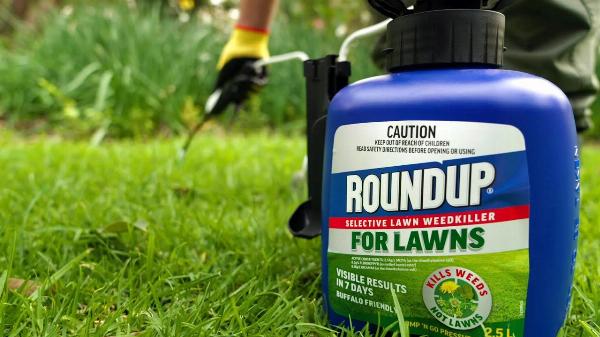Nurturing Your Green Haven: A Guide to Choosing and Using Lawn Fertilizers

Introduction:
A lush, vibrant lawn is the pride of homeowners and a welcoming sight for visitors. Achieving and maintaining such a healthy expanse of greenery requires proper care, and a crucial aspect of lawn maintenance is the use of effective fertilizers. In this guide, we will explore the world of lawn fertilizers, helping you make informed choices to ensure your lawn thrives in all its green glory.
Understanding Lawn Fertilizers:
Key Nutrients:
Lawns, like all plants, require essential nutrients for growth and vitality. The three primary nutrients found in fertilizers are nitrogen (N), phosphorus (P), and potassium (K). Nitrogen promotes leaf and stem growth, phosphorus supports root development, and potassium enhances overall plant health and resilience. Understanding the nutrient needs of your lawn is essential for selecting the right fertilizer.
Types of Fertilizers:
Granular Fertilizers: These are solid, pellet-like formulations that are applied to the lawn using a spreader. Granular fertilizers are convenient and come in various formulations to meet specific nutrient requirements.
Liquid Fertilizers: Available in concentrated liquid form, these fertilizers are mixed with water and applied to the lawn using a sprayer. Liquid fertilizers are absorbed quickly, providing a fast nutrient boost.
Slow-Release Fertilizers: These formulations release nutrients gradually over an extended period. Slow-release fertilizers are known for providing consistent nourishment to the lawn, reducing the risk of over-fertilization and nutrient runoff.
Choosing the Right Lawn Fertilizer:
Soil Testing:
Before selecting a fertilizer, conduct a soil test to assess the nutrient levels in your lawn. Soil testing provides valuable insights into the specific needs of your lawn, allowing you to choose a fertilizer that addresses any deficiencies.Before selecting a fertilizer, conduct a soil test to assess the nutrient levels in your lawn. Soil testing provides valuable insights into the specific needs of your lawn, allowing you to choose a fertilizer that addresses any deficiencies.
Seasonal Considerations:
Different seasons present varying challenges for lawns. Choose a fertilizer with a formulation that aligns with the specific needs of your lawn during each season. For example, a fertilizer with higher nitrogen content may be beneficial during the growing season, while a balanced formulation is suitable for overall lawn health.
Slow-Release Technology:
Consider using slow-releas lawn fertilizers for their ability to provide a steady supply of nutrients over time. This not only promotes even growth but also minimizes the risk of nutrient runoff, contributing to environmental sustainability.Consider using slow-release fertilizers for their ability to provide a steady supply of nutrients over time. This not only promotes even growth but also minimizes the risk of nutrient runoff, contributing to environmental sustainability.
Environmental Impact:
Opt for fertilizers with environmentally friendly formulations. Look for products that minimize the risk of nutrient runoff, which can have adverse effects on water bodies. Following recommended application rates and timing also helps reduce environmental impact.
Best Practices for Applying Lawn Fertilizers:
Even Application:
Whether using granular or liquid fertilizers, ensure an even application to avoid uneven nutrient distribution and potential lawn damage.Whether using granular or liquid fertilizers, ensure an even application to avoid uneven nutrient distribution and potential lawn damage.
Watering After Application:
Water the lawn after applying fertilizer to help nutrients penetrate the soil and reach the grass roots. This step is particularly crucial for granular fertilizers.Water the lawn after applying fertilizer to help nutrients penetrate the soil and reach the grass roots. This step is particularly crucial for granular fertilizers.
Timing:
Apply fertilizers at the right time of year, considering the specific needs of your lawn. Early spring and early fall are often recommended times for fertilization, promoting strong root development and overall lawn health.
Conclusion:
Choosing and using the right lawn fertilizer is a pivotal step in achieving a healthy and vibrant lawn. By understanding the nutrient needs of your grass, selecting the appropriate type of fertilizer, and following best practices for application, you can nurture your green haven and enjoy a lawn that enhances the beauty of your outdoor space.
Note: IndiBlogHub features both user-submitted and editorial content. We do not verify third-party contributions. Read our Disclaimer and Privacy Policyfor details.




